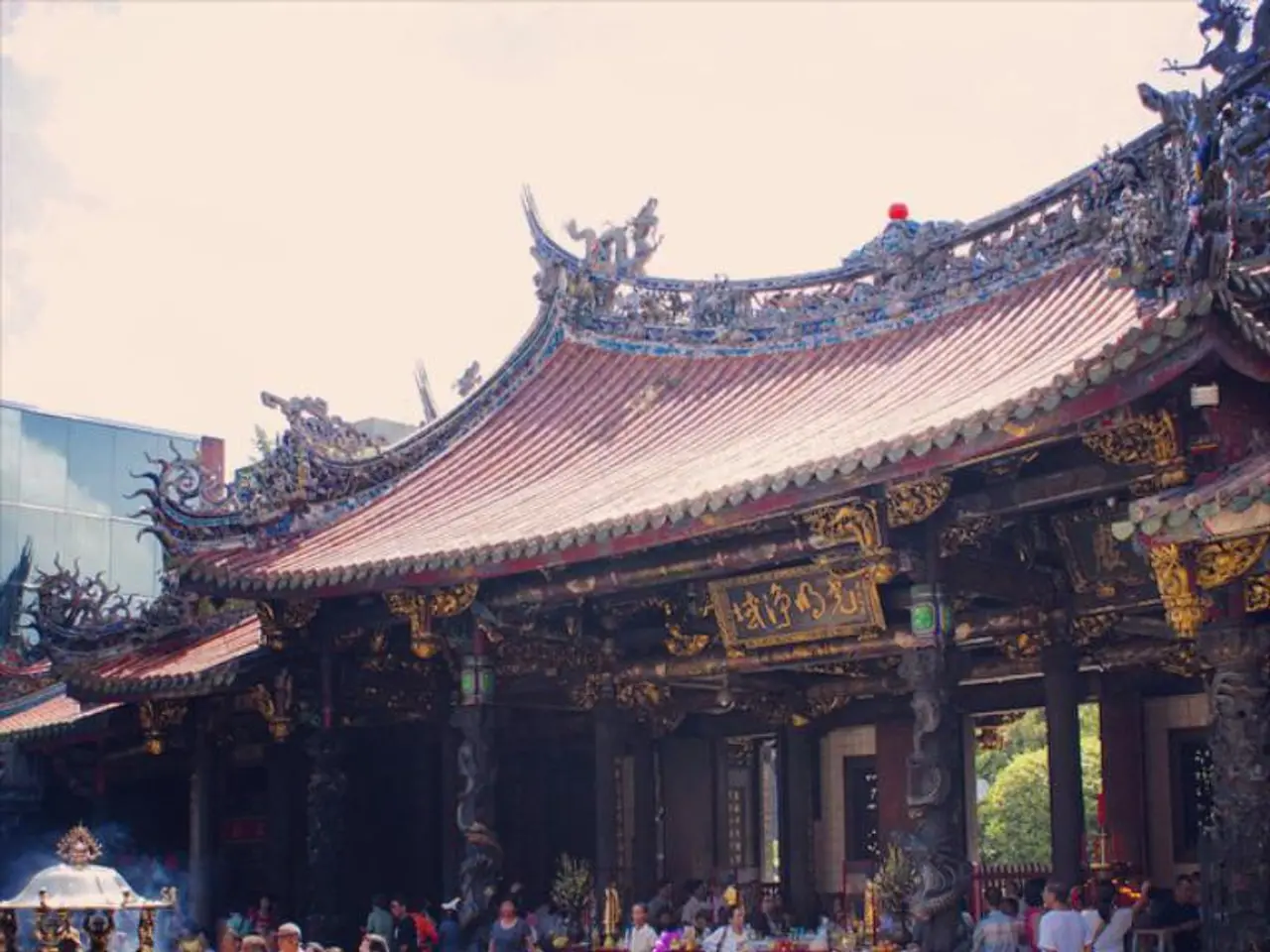Tourist Blunders in Tokyo's Sightseeing Arrangements Frequently Occur
Tokyo, the bustling capital of Japan and one of the biggest cities in the world by population, sprawls across a vast area of land. With approximately 37 million residents, it's no wonder that overestimating what can be accomplished in one day is a common tourist mistake.
To make the most of your time in Tokyo, it's essential to plan ahead and prioritize attractions that genuinely interest you. Instead of blindly following guidebook recommendations, tailor your itinerary to your preferences. History buffs may prefer shrines and temples over skyscrapers, while those fascinated by Tokyo's youth culture might spend more time in Shibuya and Harajuku.
Each Tokyo neighborhood functions as a mini-city, and it's best to plan your itinerary area by area rather than for the entire city. For instance, visiting Asakusa in the morning, having lunch in Shibuya, shopping in Roppongi, and ending with a Skytree trip is a common tourist route. However, following this itinerary can result in slogging from one side of the city to another and back again.
A thoughtful plan and realistic expectations are key to experiencing the best of Tokyo without burning out. The Yamanote Line connects many major sites in Tokyo and is a convenient way to get around the city. Shinjuku, Shibuya, and Harajuku are close together on the Yamanote Line and can be visited in one day. Similarly, Tokyo Station, Akihabara, and Ueno are grouped closely and can also be visited in one day.
**Effective Sightseeing Strategies**
1. **Plan Ahead**: Research popular attractions and book tickets in advance, especially for popular spots like the Shibuya Sky Observation Deck. Using travel passes like the Tokyo Pass can include access to many attractions, potentially saving time and money.
2. **Explore Local Neighborhoods**: Visit areas like Shibuya, Shinjuku, and Asakusa for a blend of modern and traditional experiences. These areas offer vibrant shopping districts, local cuisine, and cultural sites.
3. **Visit Iconic Sites Early**: Places like Tsukiji Fish Market and the Imperial Palace are best visited early in the day to avoid crowds. For the tuna auction at Tsukiji, arrive very early (around 5 am), but for a more relaxed experience, visit later for breakfast and browsing.
4. **Discover Hidden Gems**: Explore newer attractions and lesser-known spots in Harajuku and Shinjuku for unique experiences, such as trendy cafes and art museums.
**Avoiding Tourist Traps**
1. **Be Mindful of Overpriced Food**: While the Tsukiji Outer Market offers great sushi, be cautious of overpriced options. Opt for local eateries or street food stalls for authentic experiences.
2. **Avoid Overcrowded Areas During Peak Hours**: Popular spots like Shibuya Crossing can be overwhelming during peak hours. Visit these areas early in the morning or late at night for a more relaxed atmosphere.
3. **Use Local Guides or Travel Apps**: Utilize local guides or travel apps to navigate Tokyo efficiently and discover hidden gems that might not be listed in typical tourist guides.
4. **Shop Wisely**: In areas like Ginza and Akihabara, prices can be steep. Look for local markets or second-hand shops for more affordable and authentic shopping experiences.
By following these strategies, you can enjoy a balanced and enriching trip to Tokyo, avoiding tourist traps while experiencing the city's true essence. Happy exploring!
Embracing Tokyo's captivating blend of traditional and contemporary, travelers should prioritize neighborhoods like Shibuya, Shinjuku, and Asakusa to appreciate a multitude of shopping districts, local cuisine, and cultural sites. To maximize your time in Tokyo, plan your itinerary with a deliberate lifestyle, allowing for flexibility and exploration of hidden gems.




